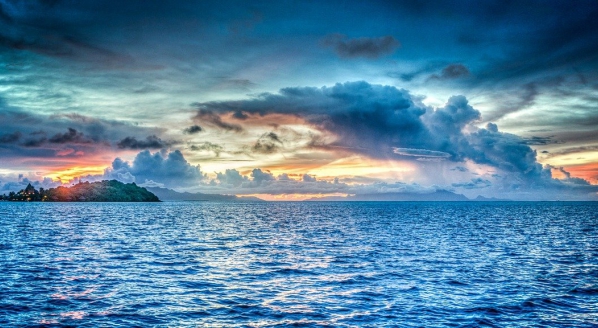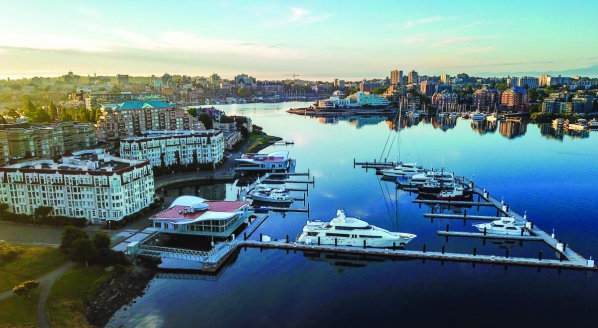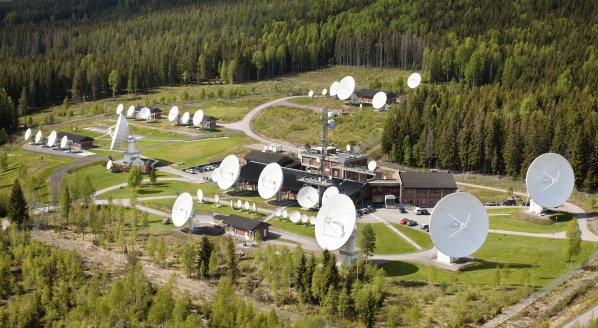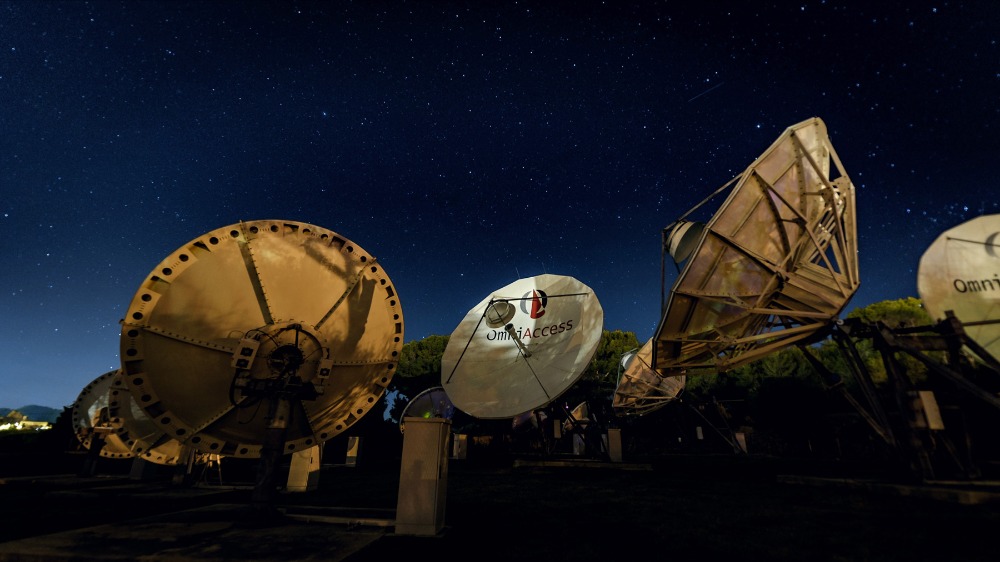Connectivity considerations in the Pacific
Carlos Carbajal, CEO of OmniAccess, discusses the key challenges some superyachts may overlook…
The Pacific remains one of the last true wildernesses on Earth. For vessels venturing across this expansive region, the isolation is the drawcard, but connectivity remains a challenge.
The new age of Low Earth Orbit (LEO) satellites and the hypothesised ubiquity of internet connectivity across the globe is still firmly over the horizon. With this in mind, SuperyachtNews speaks to Carlos Carbajal, CEO of OmniAccess, about the connectivity challenges associated with the Pacific, the positive direction of development, and some relatively simple steps that today’s fleet can take to ensure a seamless transition to remote cruising.
“For superyachts visiting these remote places like the Pacific, connectivity is a paramount concern,” Carbajal explains. “From our perspective, the situation has evolved a lot over the last five years. There have been a number of new satellites launched in the region, and several satellites have been relocated. So things are better, however, the demand for bandwidth remains higher than the supply.
“If you look at satellite connectivity over Europe, you have dozens of satellites and lots of capacity. As such, we're able to negotiate good rates with the satellite operators. In the Pacific, however, it's a different matter. There's just a handful of satellites that are available and they are relatively full. Therefore, the price of that capacity is higher. So, for whatever megabits of capacity you would buy in Europe, you can expect a surcharge for that same megabit of capacity in the Pacific.”
This supply-and-demand dynamic is a balancing act and, as Carbajal notes, despite feeling like the middle of the 'Blue Desert', superyachts are not the only ones vying for the limited satellite supply. “A lot of the capacity that's gone into the Pacific has gone increasingly to the airline market, who have bought a large percentage of the capacity,” he adds.
The usage profile of a typical yacht contributes to the challenge of allocating the remaining capacity. A typical superyacht requirement can range from almost nothing during passages with only crew on board, to high demand for HD streaming during owner and guest trips. These changes in demand often occur without advanced notice and it is important for Pacific-bound vessels to be aware of how they can best operate with their service providers within this environment.
As Carbajal explains, preparation is key; “The first thing to do would be to give the connectivity provider as much detail as possible about the voyage. The more time you give us at OmniAccess, or whoever you choose to work with, the more options you will have.”
Communication is paramount and the expert teams working for the service providers are in a great position to evaluate whether the hardware on board can maximise the available coverage and handle the challenges of remote cruising.
A simple conversation in advance can futureproof the expedition. “If you have a yacht that's going to go to the Pacific, the hardware that you have installed can make a big difference,” Carbajal continues. “And a lot comes down to antenna size: the bigger the antenna, the more bandwidth and better bandwidth you will be able to get at the edge of the satellite footprint or where you're pushing the boundaries of where the satellite footprint reaches.”
If clients are going to remote regions like the Pacific, they should also ask the connectivity provider some important questions; “Is the hardware we have on board fit for the purpose? And can we do anything to make it better? Some simple fixes such as upgrading the BUCs (Block upconverters), will be able to provide better coverage and more bandwidth.”
Calling your provider once there and attempting to find a way to increase the connectivity on the fly is tough. But the vast majority of upgrades are retrofittable in advance. One common issue that yachts encounter when remote cruising, Carbajal says, relates to having a single antenna.
“If that single antenna has a blockage, it will lose all signal, as it doesn't have a line of sight to a satellite because there's something like a mast in the middle. In the Mediterranean, this is not necessarily an issue because, wherever it is, there will be multiple satellites with a broad distribution. But on a long crossing through the Pacific, on a single heading with limited satellites, this is an issue.”
As anyone who has crossed the Pacific will attest, there remains to this day a small ‘dark area’, which constitutes a few days of sailing in a region west of the Galapagos. I have enjoyed sailing through here as it reminds me there are still places in the world that are completely isolated from all connectivity. And with this in mind, I concluded the discussion by asking Carbajal about the future of this region.
“There's still a very small gap, yes, and the problem is that the satellite operators don’t want to put any satellites there because there's not much going on in the region; there are no islands, so there are no big requirements. The solution we're most likely to see is the geostationary satellites – once we have Low Earth Orbit constellations, those will provide truly global coverage everywhere. But we're still a few years away from that.”
Profile links
NEW: Sign up for SuperyachtNewsweek!
Get the latest weekly news, in-depth reports, intelligence, and strategic insights, delivered directly from The Superyacht Group's editors and market analysts.
Stay at the forefront of the superyacht industry with SuperyachtNewsweek
Click here to become part of The Superyacht Group community, and join us in our mission to make this industry accessible to all, and prosperous for the long-term. We are offering access to the superyacht industry’s most comprehensive and longstanding archive of business-critical information, as well as a comprehensive, real-time superyacht fleet database, for just £10 per month, because we are One Industry with One Mission. Sign up here.
Related news

The Pacific: an untapped resource
Where do the opportunities and challenges for the superyacht market exist across the Pacific? How can the industry evolve to become truly global?
Business

The Pacific Superyacht Forum 2021: one-year countdown
Taking place one year from now in Victoria, British Columbia – the next hotspot of the superyacht industry
Business

Demand for satellite communications continues apace
Telenor Satellite observes that superyachts are showing positive signs of preparing for the summer as normal
Technology

IMO deadline for a stricter approach to cyber security fast approaches
Insights from DNV GL on this rapidly evolving topic
Technology
Related news
The Pacific: an untapped resource
5 years ago
NEW: Sign up for
SuperyachtNewsweek!
Get the latest weekly news, in-depth reports, intelligence, and strategic insights, delivered directly from The Superyacht Group's editors and market analysts.
Stay at the forefront of the superyacht industry with SuperyachtNewsweek





